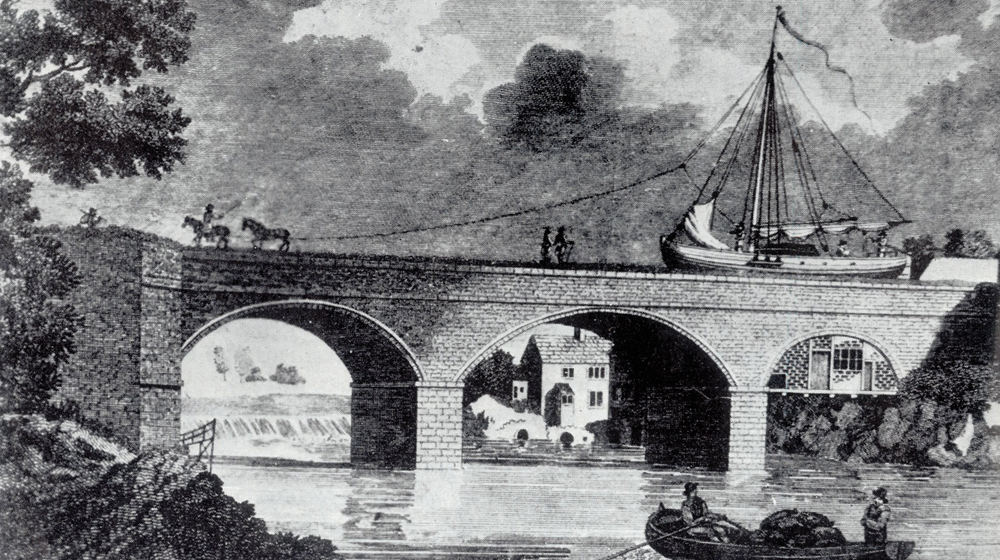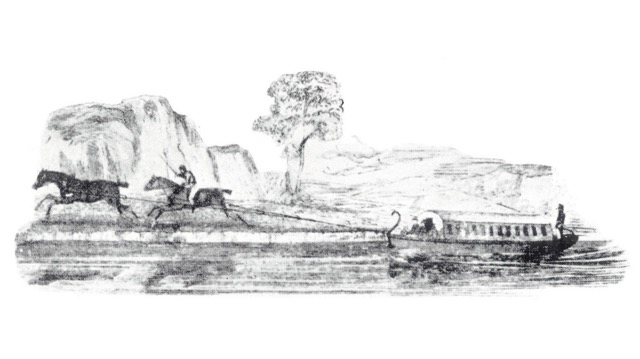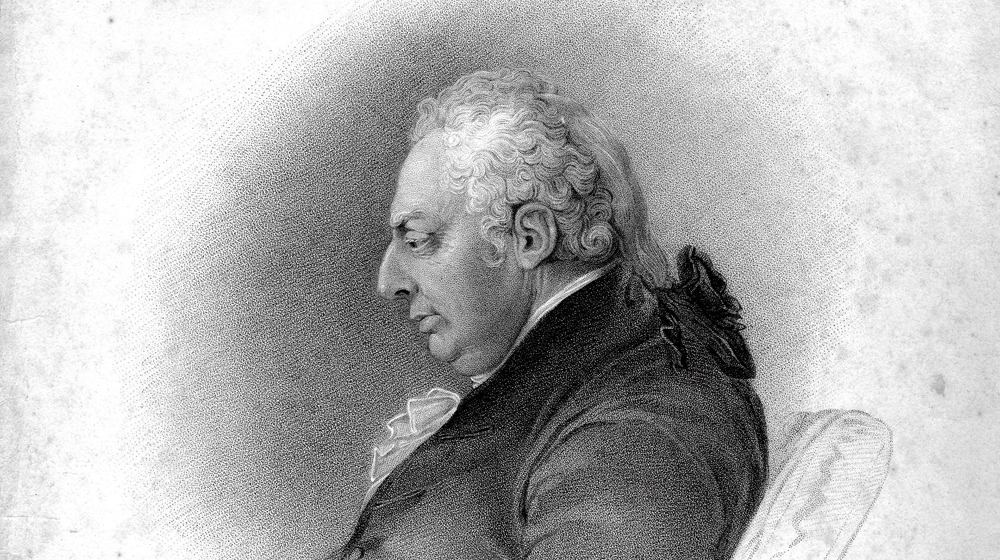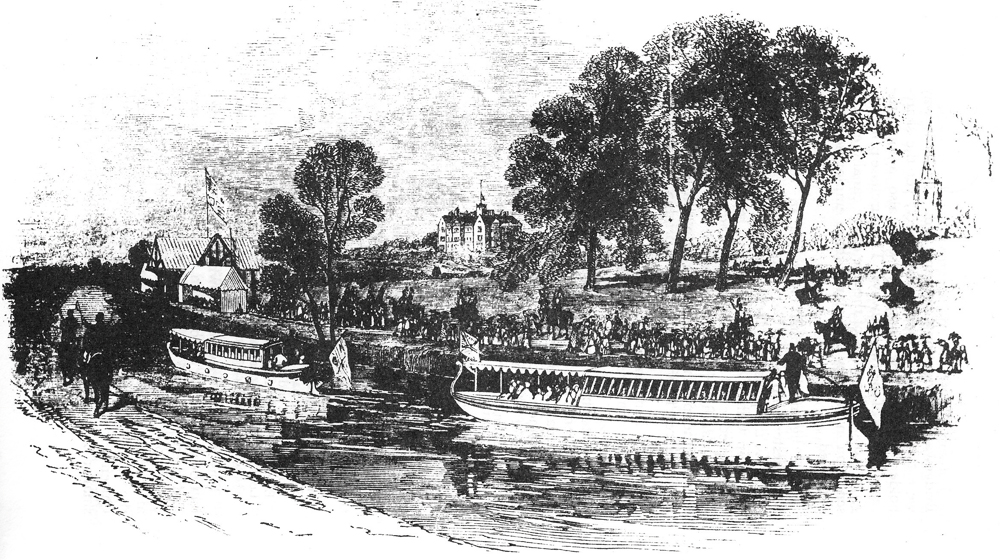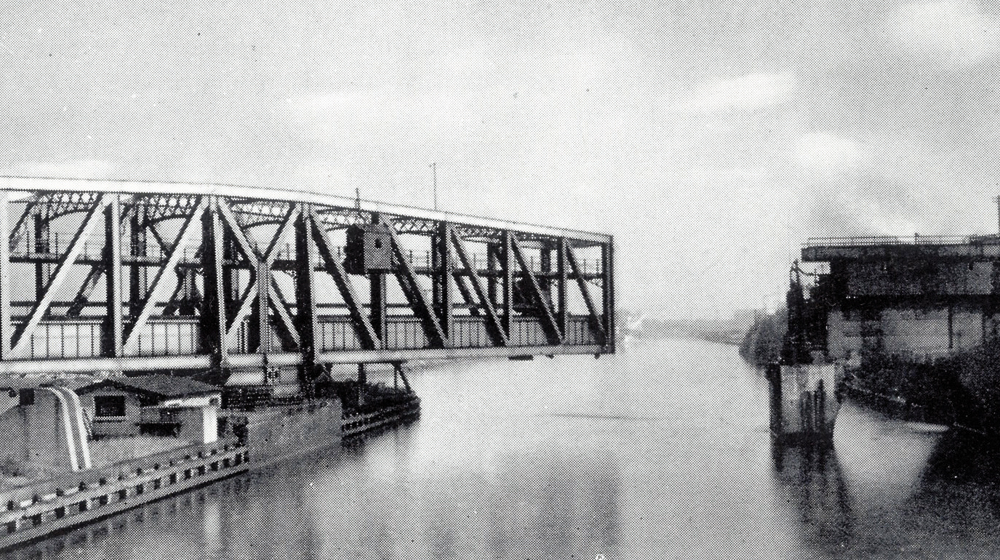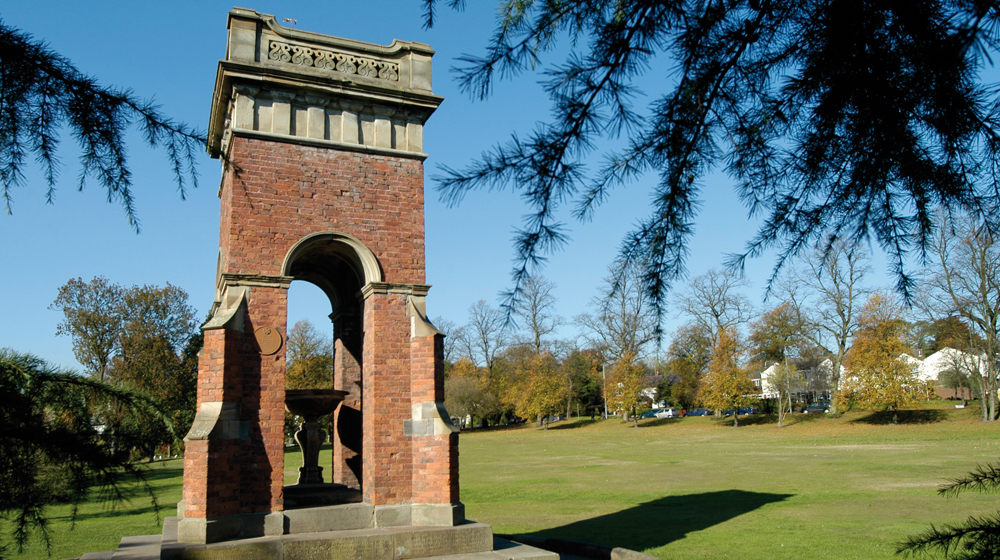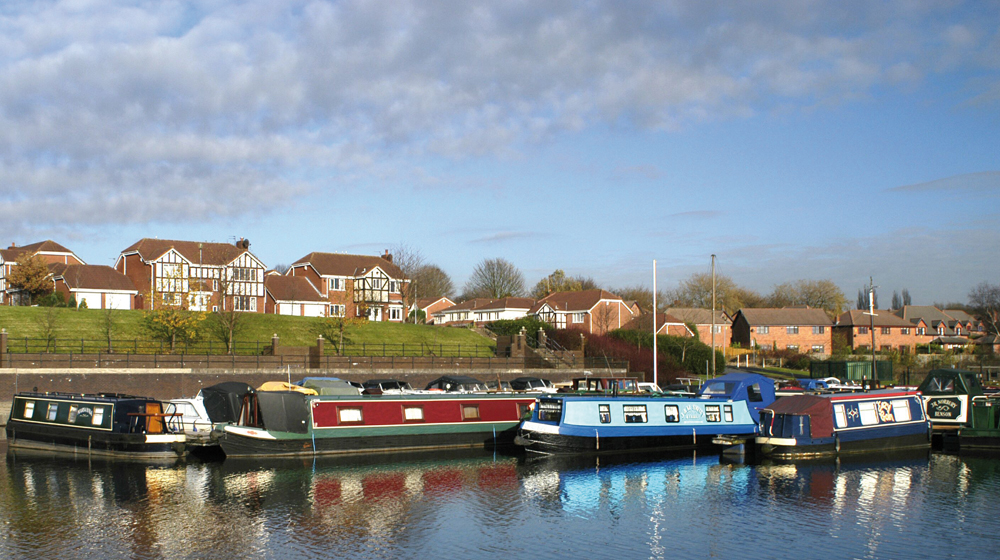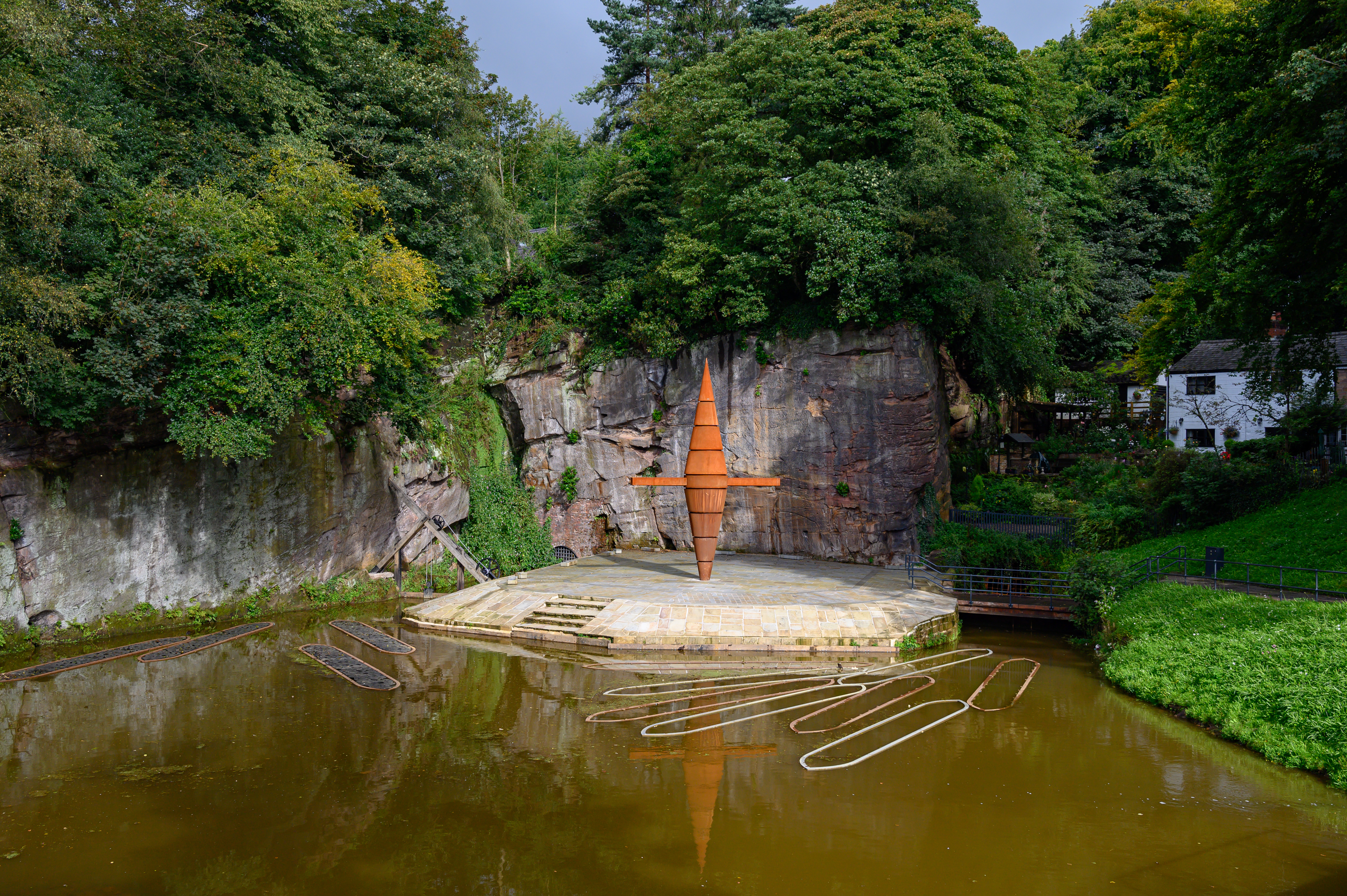Established in 1761, the Bridgewater Canal can lay claim to being the first cut canal in the world – a canal that took its own course, independent of a river – and the spark that ignited the Industrial Revolution.
The length of the canal in Salford, from the underground canals that served the mines of Worsley to the world’s first passenger railway in Patricroft and the aqueduct at Barton, tell the story of a period when this small area changed the world.
The Bridgewater Canal in Salford defined a moment in history at the start of the Industrial Revolution and had the same significance as the railways would have 80 years later, and indeed the Internet has had in our time.








